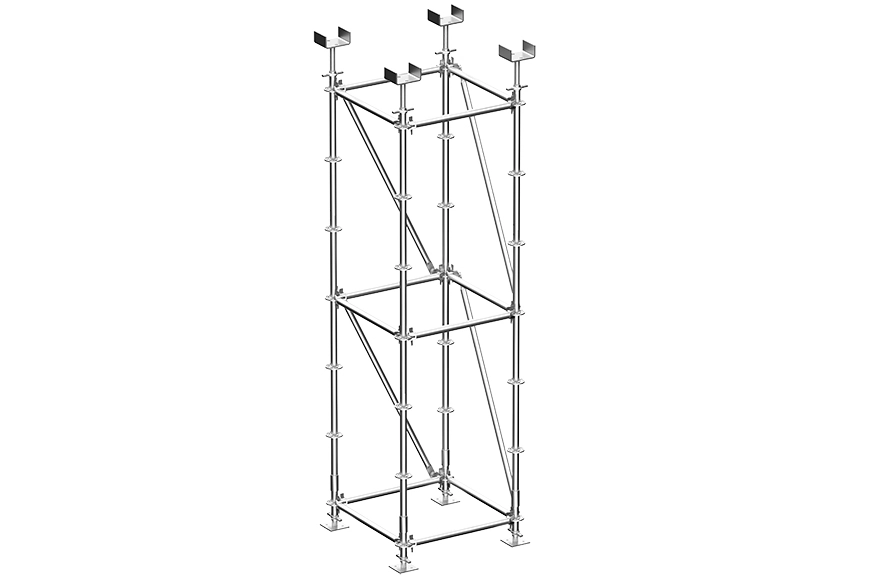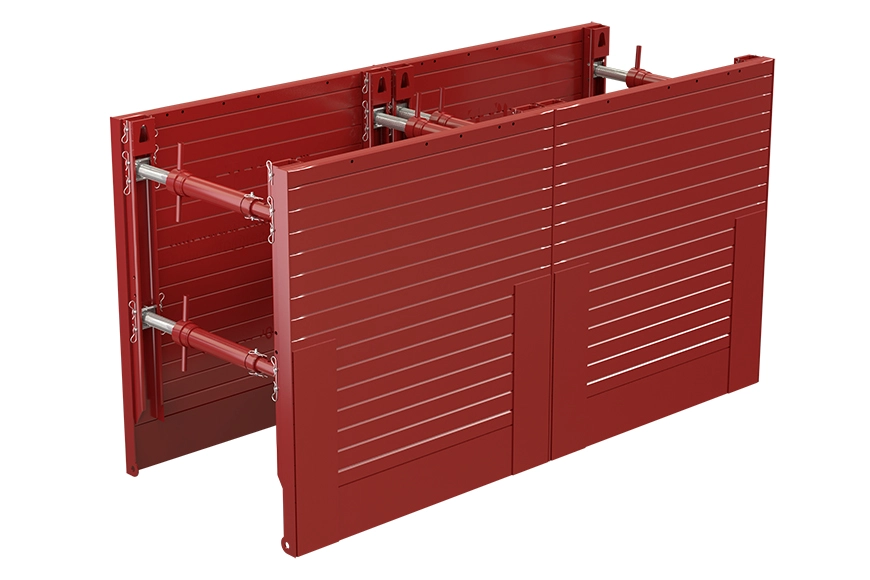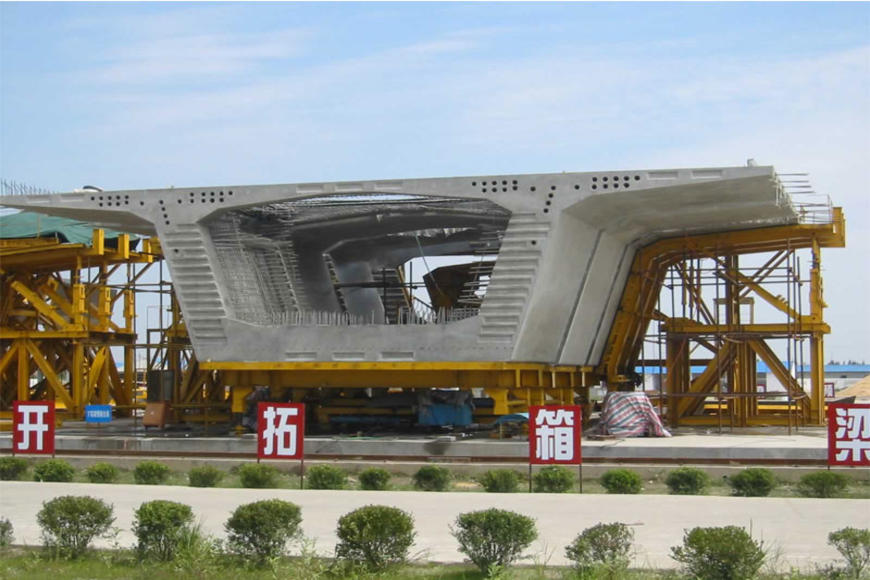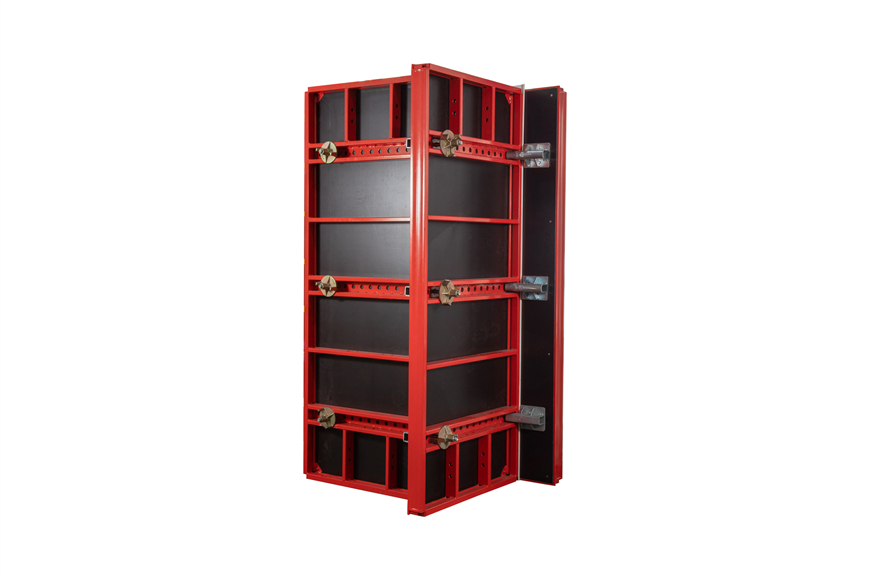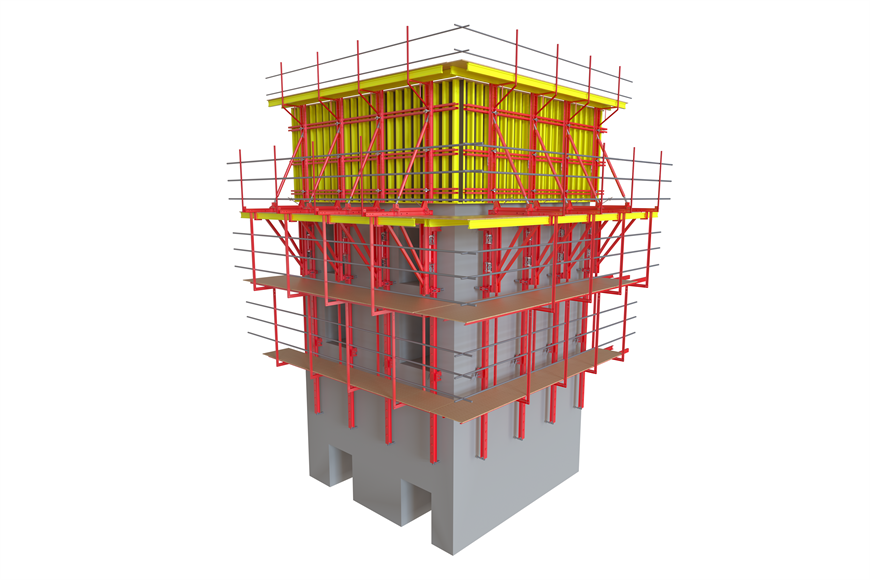If you've ever seen a construction site, you may have noticed large wooden or metal structures surrounding beams and columns. These structures serve a crucial purpose in the construction process and are known as formwork. In this article, we'll explore what formwork is, its significance in building beams and columns, and why beam formwork and column formwork play essential roles in the construction industry.
Formwork essentially refers to the temporary molds or structures that are created to support and shape concrete until it becomes strong enough to support itself. It provides the necessary framework for concrete to be poured and take on the desired shape and structure. Formwork is used extensively in various construction projects, ranging from residential buildings to bridges and high-rise structures.
When it comes to beams and columns, formwork is especially critical. Beams are horizontal structural elements that support the weight of the structure above them, while columns are vertical elements that provide support and stability. Both beams and columns require strong and reliable formwork to ensure that they can withstand the weight and forces they will experience once the construction is complete.
Beam formwork is specifically designed to support and shape concrete beams during the construction process. It consists of a combination of vertical and horizontal supports, often made of timber, steel, or aluminum, depending on the requirements of the project. Beam formwork holds the concrete in place while it sets and hardens, ensuring that it attains the desired shape, size, and strength. This formwork needs to be carefully designed and constructed to withstand the weight and pressure exerted by the wet concrete, as well as any additional loads that may be applied.
Similarly, column formwork is designed to support and shape concrete columns. It typically consists of vertical panels or molds that enclose the column and hold the concrete in place until it cures. Column formwork is often adjustable, allowing for flexibility in constructing columns of different sizes and shapes. This adaptability is crucial, considering that columns in a structure may have varying dimensions depending on their location and load-bearing requirements.
The use of beam formwork and column formwork offers several advantages in construction projects. Firstly, it ensures accuracy and precision in shaping beams and columns, resulting in structures that meet the required specifications. By using formwork, construction professionals can achieve the desired architectural design and ensure that the beams and columns are structurally sound.
Secondly, formwork provides support during the curing process, allowing the concrete to harden and gain strength. The formwork holds the concrete in place, preventing deformations and ensuring that the beams and columns maintain their intended shape. This is particularly important for high-rise structures, where the load-bearing capacity of beams and columns is crucial for the overall stability of the building.
Additionally, formwork enables construction projects to progress efficiently. By using pre-designed and pre-fabricated formwork systems, contractors can save time and resources. These systems are often reusable, reducing material waste and the overall cost of construction. The adaptability and ease of assembly of formwork systems also contribute to faster construction timelines, allowing projects to be completed more efficiently.
In conclusion, formwork plays a vital role in the construction of beams and columns. Beam formwork and concrete column forms for sale provide the necessary support and shape for concrete during the construction process. They ensure accuracy, precision, and structural integrity while allowing for flexibility and efficiency in construction projects. By understanding the importance of formwork, construction professionals can create durable and aesthetically pleasing structures that meet the demands of modern construction. So the next time you pass by a construction site and see those wooden or metal structures surrounding beams and columns, you'll know just how crucial they are in the construction process.
